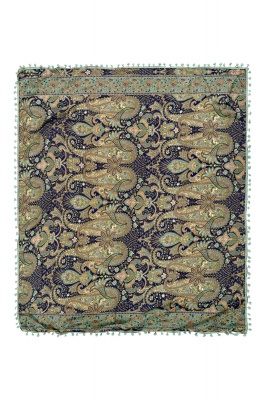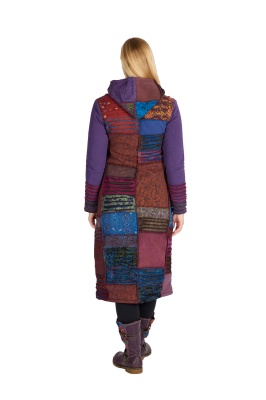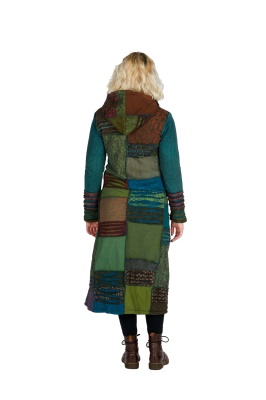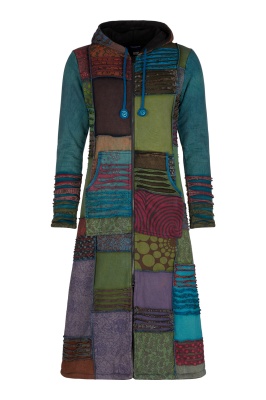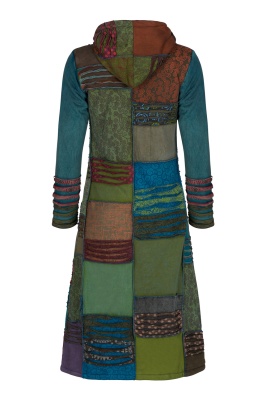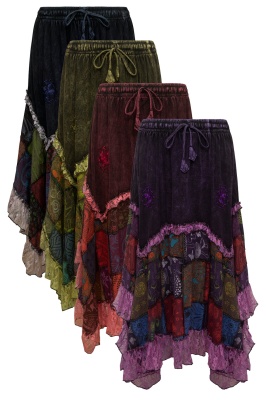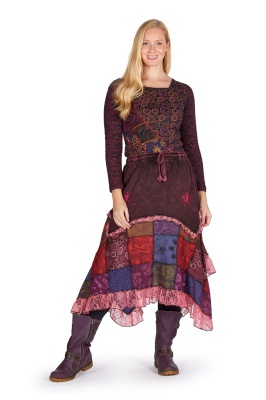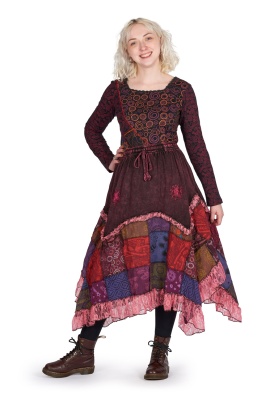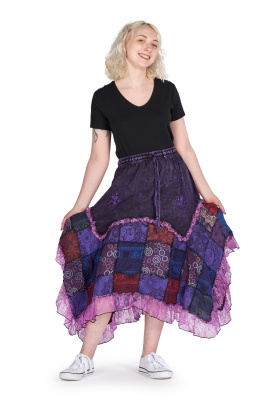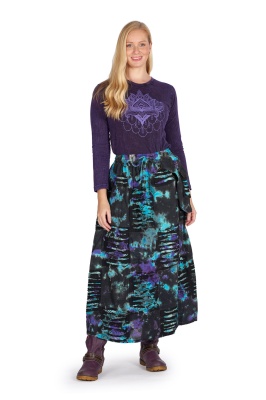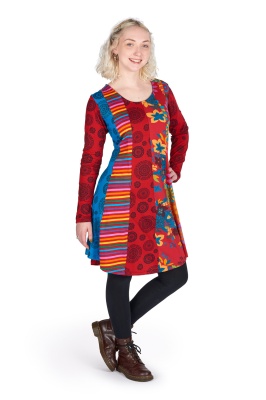All about Mindfulness – Your guide to inner peace
How mindfulness improves lives – The science bit
Scientists have made numerous studies into mindfulness, and it's been proven to be surprisingly effective in all sorts of ways, some expected and others unexpected. It boosts positive emotions and improves your mental focus. It can improve your memory. Because you're living in the present you feel happier than you could possibly feel spending all your energy re-arranging the past or trying to control the future. Mindful people tend to be more compassionate and less stressed. Your immune system becomes stronger. It actually increases the density of the brain's grey matter. It's effective for beating anxiety and PTSD, improves the quality of your sleep, and helps you stay focused. Mindfulness helps people stay away from addictive drugs. It heightens empathy and spirituality. It works to reduce pain and makes you feel better in general, an overall feeling of wellbeing. It helps treat OCD and reduces the skin condition psoriasis, helps people steer clear of depression and improves the lives of seriously ill people. Best of all, it doesn't cost a penny.Mindfulness and living in the 'now'
When you're mindful you are paying attention, consciously, to all of your thoughts and feelings in a non-judgemental way that helps you to stay in the present perfectly naturally. At its simplest mindfulness means always paying attention to what's going on right now. Here's an example. Maybe you notice your hackles rise when someone raises a certain subject. You feel it happening, and because you're mindful of your self you're interested in why it's happening. Your mindful state will provide clues about why you're feeling that way, which means you can control the way you feel instead of being helpless in the face of your feelings. It also gives you the space and insight you need to react the way you want to, in a more appropriate and helpful way than you might instinctively react.Simple steps to becoming mindful
Here's a very simple set of steps to help you feel your way to mindfulness. If you get frustrated, keep at it. Most people lose concentration within just a few breaths at first. The more you practice, the more skilled you'll get and the more wonderful you'll feel.
- Sit up straight in a comfy, quiet place
- Relax your shoulders
- Place your hands in your lap
- Be still
- Close your eyes or gaze into the middle distance without focusing them
- Be aware of your breath coming in and going out
- Focus all of your attention on it
- Count your breaths in fives, then start again at number one
- Notice how many breaths you've counted before you get distracted by a thought, emotion or sensation
- Don't worry if you lose focus – we all do it at first
- Start small and slowly build it up. Maybe try a two minute session at first Gradually work your way up to longer breathing sessions of 20 minutes
When you let yourself to go with whatever thoughts, emotions, or experiences arise from moment to moment, and you don't judge yourself, life starts to feel marvellous. The more skilled you get at purposefully directing your attention in this way, the better you'll feel about everything. A positive mindset influences the outcome – the more you believe in it, the better it'll work. And if you have problems with the process there are some great mindfulness books and even apps to try. Once you feel your best it's a whole lot easier to look your best... and there we are, the circle is complete. Mindfulness, plus our magical alternative clothing, equals happiness.





